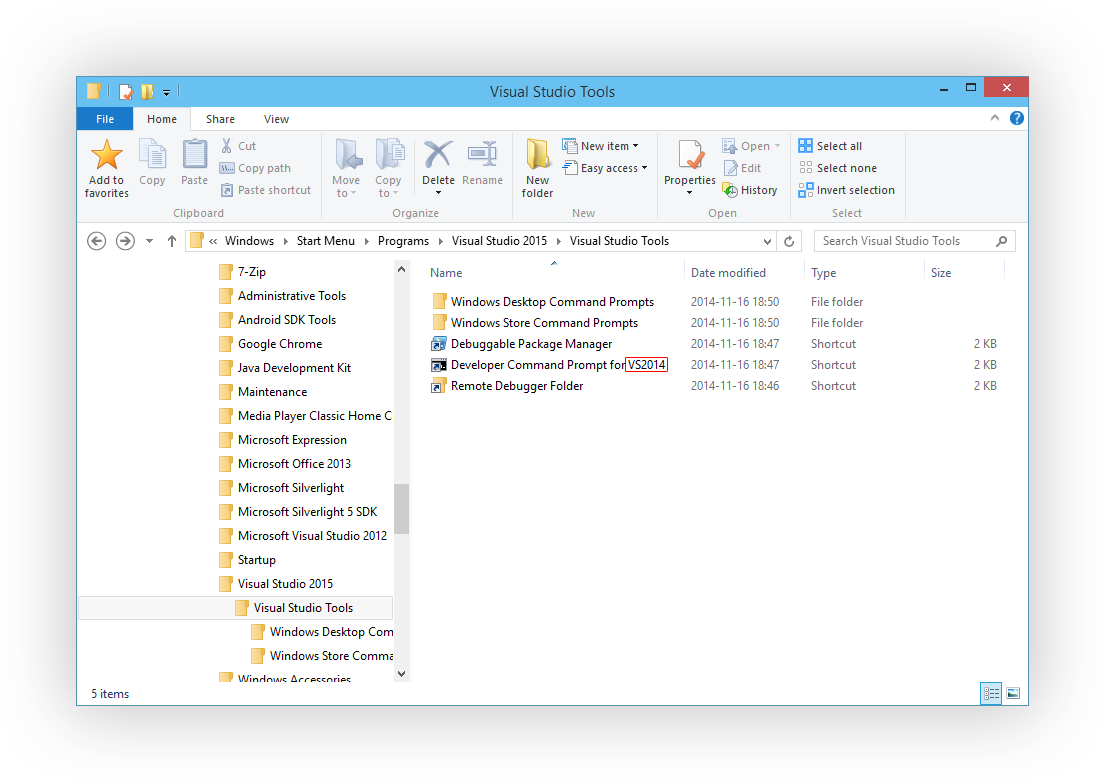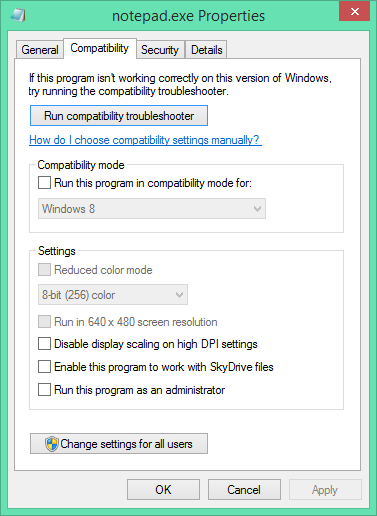I recently noticed some strange HTTP logs where a resource would be requested twice with two different User-Agent headers. In one case, the first request suggested the client was running Chrome on Windows, while the second request indicated that it was coming from Firefox on Linux. This didn’t make a lot of sense, so I did some digging.
The culprit turns out to be RealPlayer (and previously RealDownloader, a separate application that now seems to be abandoned). RealPlayer places an overlay over supported browsers (Internet Explorer, Firefox and Chrome and possibly others) that allows the user to save videos from web pages. It doesn’t seem to be a browser plugin as such – it runs in its own process and sends HTTP requests independently of the browser.
The software just happens to set the User-Agent header to something like Firefox running on 64-bit Linux. I sacrificed a virtual machine and installed all manner of RealPlayer software to try and reproduce this behaviour, and the latest version sends requests like the following:
|
1 2 3 4 5 6 7 8 9 10 11 12 13 14 15 16 |
HEAD http://blog.quppa.net HTTP/1.1 Host: blog.quppa.net Accept-Language: en-us,en;q=0.5 Accept-Encoding: gzip, deflate Accept: text/html,application/xhtml+xml,application/xml;q=0.9,*/*;q=0.8 User-Agent: Mozilla/5.0 (X11; Linux x86_64; rv:10.0) Gecko/20150101 Firefox/20.0 (Chrome) Accept-Charset: ISO-8859-1,utf-8;q=0.7,*;q=0.7 Connection: close GET http://blog.quppa.net HTTP/1.1 Host: blog.quppa.net Accept-Language: en-us,en;q=0.5 Accept-Encoding: gzip, deflate Accept: text/html,application/xhtml+xml,application/xml;q=0.9,*/*;q=0.8 User-Agent: Mozilla/5.0 (X11; Linux x86_64; rv:10.0) Gecko/20150101 Firefox/20.0 (Chrome) Accept-Charset: ISO-8859-1,utf-8;q=0.7,*;q=0.7 Connection: close |
My browser’s actual User-Agent header is:
|
1 |
Mozilla/5.0 (Windows NT 10.0; WOW64) AppleWebKit/537.36 (KHTML, like Gecko) Chrome/45.0.2454.15 Safari/537.36 |
Based on this blog post and this Yahoo! Answers question, the following User-Agent header was used by an earlier version of the software:
|
1 |
Mozilla/5.0 (X11; Linux x86_64; rv:10.0) Gecko/20100101 Firefox/10.0 (Chrome) |
The Gecko build date and Firefox version number (but not the ‘rv’ token!) have been bumped up, but everything else (including the weird trailing ‘Chrome’ identifier) are the same.


